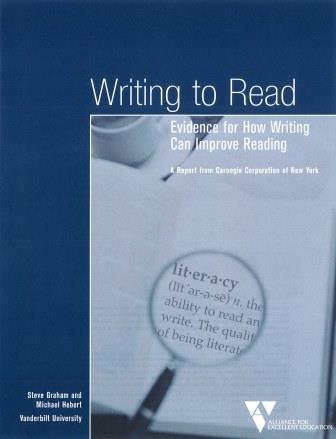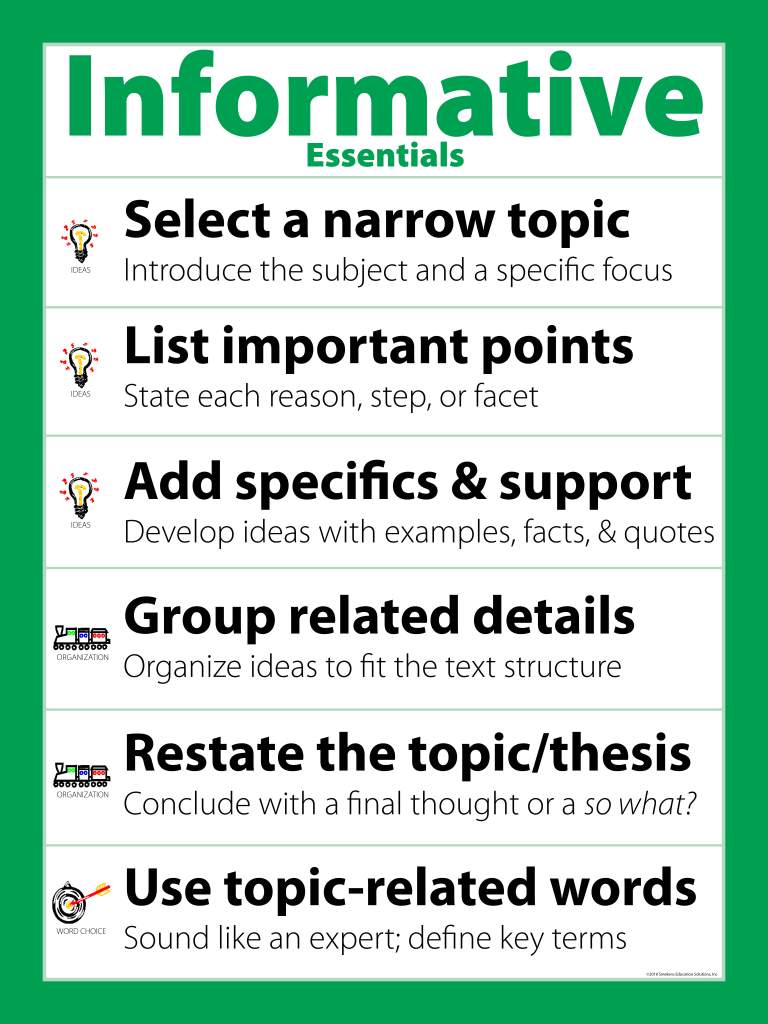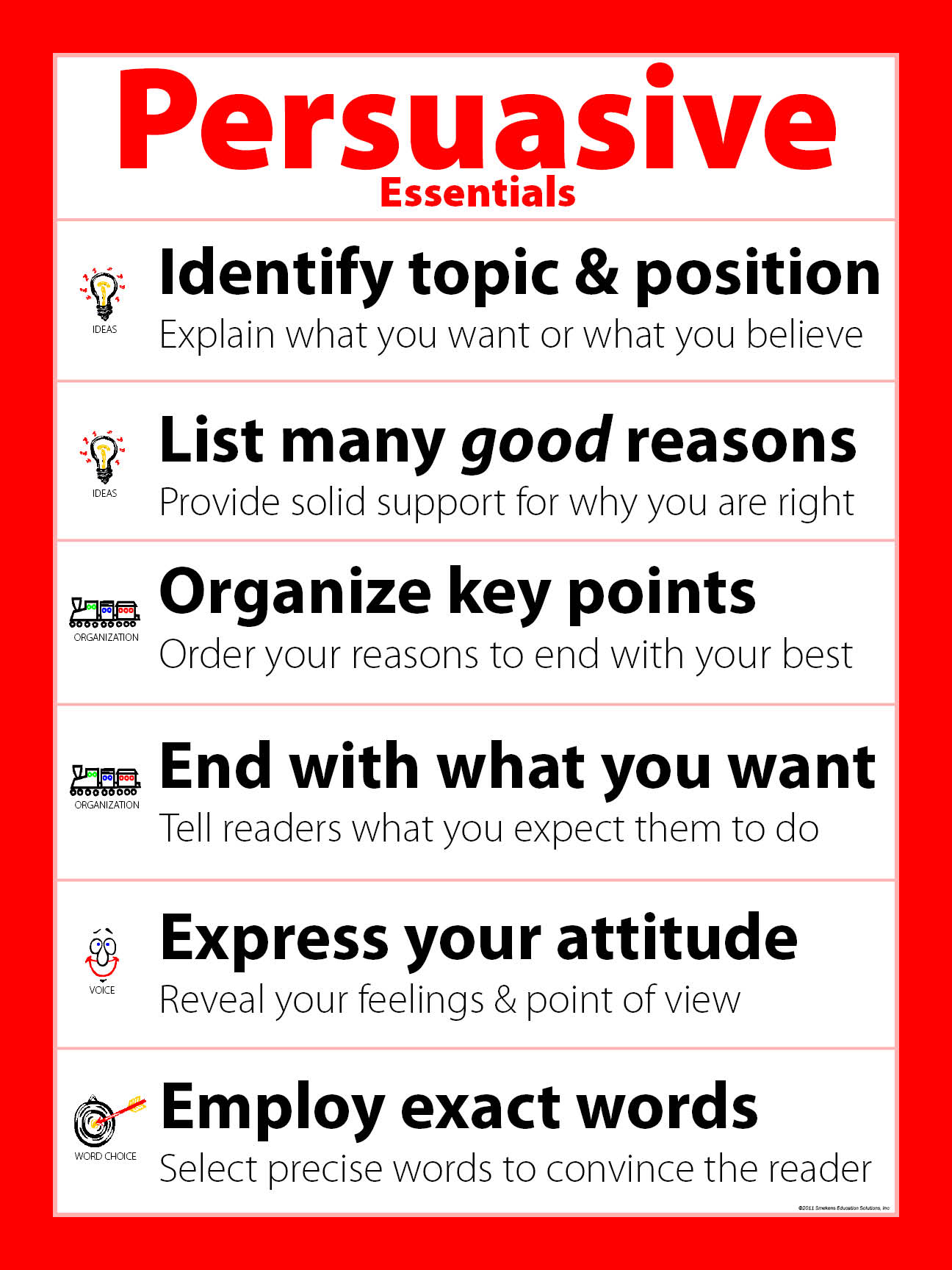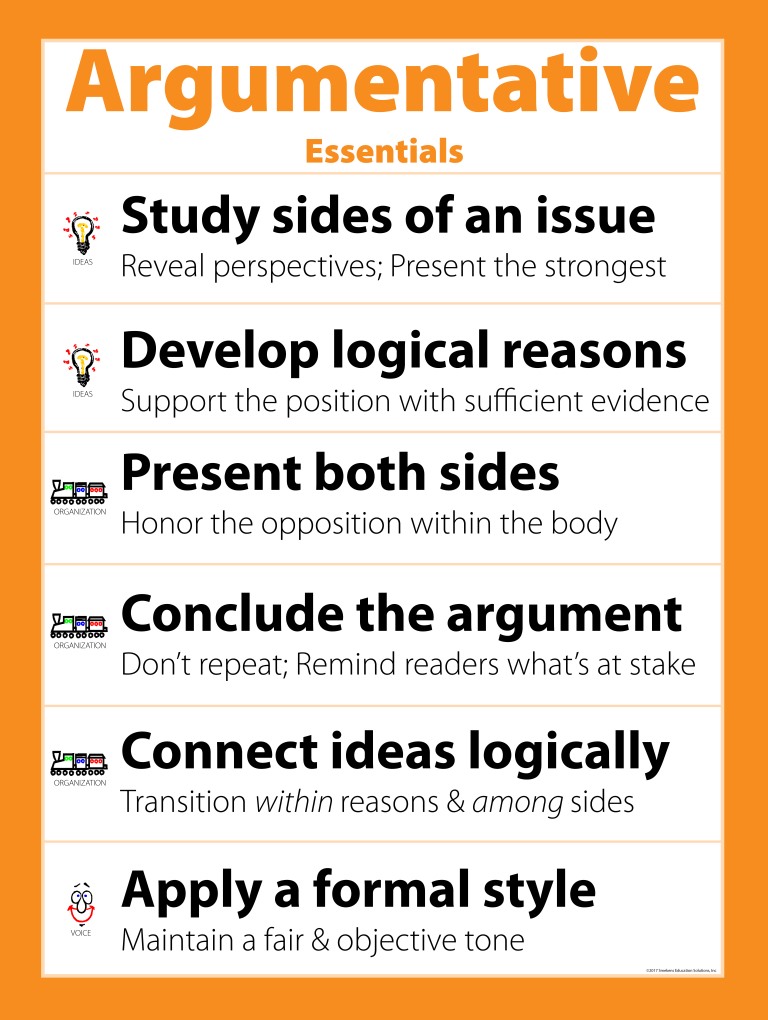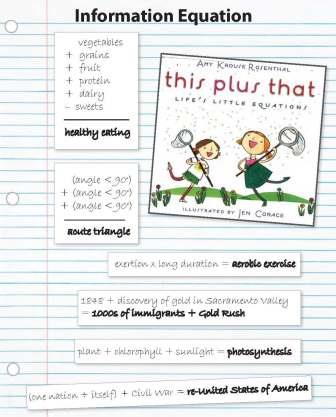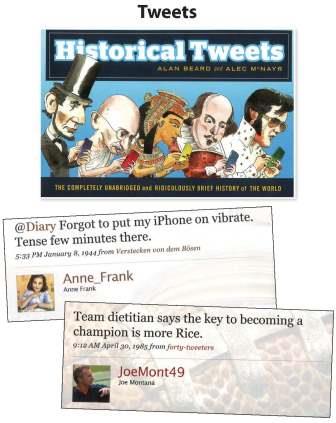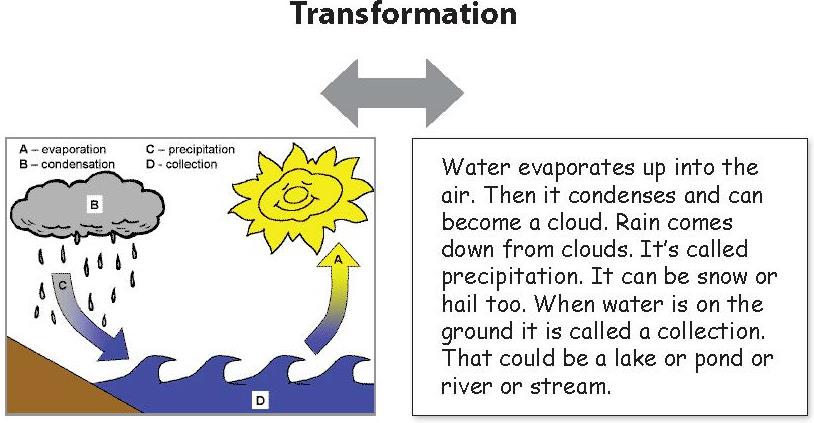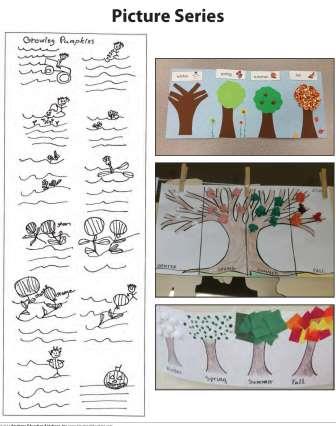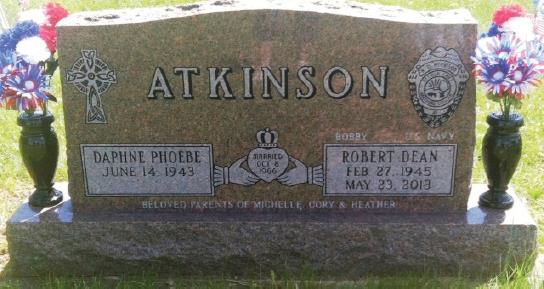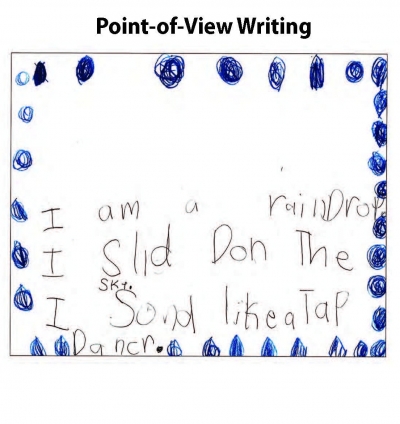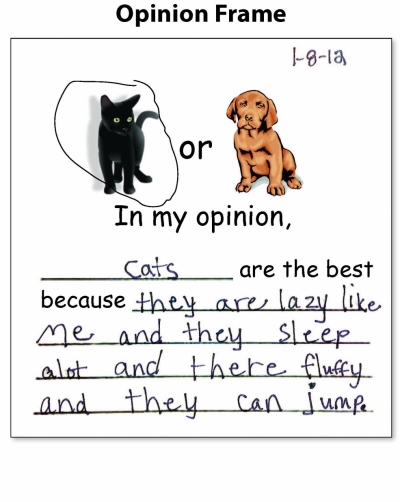Literacy Retreat 2014
SECRET SITE
Making Time for Short & Powerful Writing
Write in bursts
- The 2010 Carnegie Corporation Report provides evidence that frequent writing experiences positively impact not only a student’s writing skills but also his reading skills.
- Sarah Goodis-Orenstein outlines the power in “short bursts” of writing within her Education Week, “Acculturating Students to Time-Limited Writing.“
- Publication coach Daphne Gray-Grant also suggests short intensive writing experiences within her article “Why you should write in short bursts of time.”
Write with a purpose
Provide students a variety of short, one-sitting writing experiences. This includes asking them to write in different modes and for different purposes.
Students must also know the key components to each mode so they incorporate the appropriate facets and characteristics into their written responses.
- These essential skills are listed on our four genre posters: Narrative, Informative, Persuasive, Argumentative.
- The genre posters are also available in a digital set at The Literacy Store.
- You could display these posters within your classroom environment and provide students a P.E.N. foldable to keep track of the skills, too.
Incorporate a relevant writing skill
After the content lesson, but before executing the writing task, be sure to teach students a single writing skill.
Target specific skills that address the purposes of writing:

Integrate 4 Types of Writing Experiences

Traditional Paragraph(s)
Paraphrase/Summary
- Key-word summary: Identify 2-5 terms that students should incorporate into a summary of their recent reading/learning.
- Summary frame: Provide students a skeleton summary to complete, using their recent reading/learning.
- Digital Scrapbook: Summarize details learned about a character (from literature) or a person/group (from history) using the Character Scrapbook website by Scholastic. (NOTE: These scrapbook pages can be printed.)
LIST
- Q&A: Before reading/learning, generate a list of questions about the text/topic/content. After reading, provide answers to the questions using knowledge gained.
- Labeled diagram: Using facts and details learned through reading, students illustrate the concept and label it with specific vocabulary terms. (NOTE: Differentiate for struggling students by providing the illustration to be labeled.)
- Lists from photos: There is much to be learned through visual literacy. Students can generate a list of observable facts from photos.
EQUATION
- Show students mentor text excerpts of concept equations from This Plus That: Life’s Little Equations by Amy Krouse Rosenthal.
- Information Equation: Consider the relationship of the small facets/parts of a large concept/topic. Students demonstrate understanding by listing what it includes (plus sign) and what it does not include (minus sign).
CORRESPONDENCE
- Letter: Students can write a letter informing a peer, parent, or someone else about the new content they learned.
- From the desk of…: One student writes a note to another summarizing what he learned. The partner writes back adding to it.
- Tweet: Summarize the gist of an event/concept/reading within a 140-character response.
- Informational poster: Using facts and information gained through reading/learning, students synthesize the information into a poster of big ideas.

Traditional Paragraph(s)
Instructional Summary
- Transformation: Students interpret a sequenced diagram (e.g., flowchart, timeline, picture series, visual steps, etc.). In their own words, they transform the step-by-step content from a list/chart into sentences and paragraphs.
LIST
- Picture series: Reveal a process or sequenced information in detailed illustrations.
- Picture series with captions: List the evolution of a concept or process from beginning to end. This includes detailing the steps in sentences, offering explanations, tips, suggestions, cautions, vocabulary, etc. Each written explanation includes a detailed picture series. (NOTE: For a digital option, check out this website that allows students to type frame-by-frame captions. Then they can print and add illustrations. The formatting allows the user to select 1, 2, 3, or 6 frames in the series.)
EQUATION
- Show students mentor text examples of concept equations from This Plus That: Life’s Little Equations by Amy Krouse Rosenthal.
- Instructional Equation: In addition to content-specific vocabulary and factual accuracy, the Instructional Equation requires sequence. The variables/ingredients, listed in a particular order, produce an end product or outcome. The equation is _____ + _____ + _____ = goal/out
come/product.
CORRESPONDENCE
- Instructional poster: Sequential information is communicated in steps written with precise and concise word choice. The instructional poster includes vivid visuals.

TRADITIONAL PARAGRAPH(S)
CREATIVE SUMMARY
- Epitaph: An epitaph is a commemorative summary statement about a deceased person. It’s often found on a gravestone. It follows a structured format. These could be written after reading biographies or created for fictional characters in literature.
- Obituary: Write a newspaper article that details the life and accomplishments of a deceased person–real or fictional.
- Bio-Poem: A Bio-Poem gives insight into the life and personality of a person or abstract concept. It also includes a structured format.
LIST
- List Poem: After reading/learning, students create a list of words (nouns, adjectives, verbs, etc.) that describe the topic/content. Using some or all of the words, students create list poems.
- Recipe: Students infer all the “ingredients” that went into a situation/concept. They list those items, with specific measurements. Then they craft a recipe of instructions for creating the situation or concept. Again, this will include cooking terms and focus on the sequence of ingredients.
- Come-With-Me Poem: This concept from Barry Lane encourages students to demonstrate their knowledge using their five senses. (See video for specifics.)
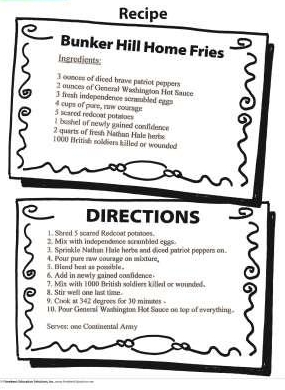
EQUATION
- Show students mentor text examples of concept equations from This Plus That: Life’s Little Equations by Amy Krouse Rosenthal.
- Reflective Equation: This equation doesn’t include literal variables pulled from the text (like Information Equation and Instructional Equation do). The creativity and deep thinking of such equations can be heightened with mathematical symbols beyond plus and minus signs. Consider the impact of multiplication, division, exponents, etc.
CORRESPONDENCE
- Diary entry: Writing from the perspective of the individual, students infer how the person is feeling, what he is thinking, and what he is anticipating will happen next. It includes strong voice (e.g., emotions, feelings, etc.) and reflects on the significance of events or facts.
- Point-of-view writing: Written in first person (e.g., I, me, my), these are a fun way for students to demonstrate their understanding of a content-area concept. They are a voice-filled alternative to often boring summaries.

TRADITIONAL PARAGRAPH(S)
ARGUMENTATIVE SUMMARY
- Argumentative frame: Provide students a skeleton summary to complete, using their recent reading/learning.
- Character Report Card: Identify courses or subjects that a person/group could be graded on (e.g., fighting ability, communication, historical importance, diplomacy, etc.). In addition to providing a grade for each subject, explain why you are giving that grade in the comments section. This should include evidence from the text.
- You wouldn’t want to… Taking the negative perspective, students write about the “bad side” of an event. This mirrors the informational-text book series titled, You Wouldn’t Want to be…
LIST
- Charts: Generate T-Charts for different perspectives (e.g., Pro/Con, Fact/Opinion, Love/Hate, True/False, For/Against, Yes/No, etc.).
EQUATION
- Show students mentor text examples of concept equations from This Plus That: Life’s Little Equations by Amy Krouse Rosenthal.
- Perspective A v. B Equation: Students write two different equations. The result/outcome of the equations represents the different perspectives of an issue. Since the products are different, so are the variables that go into them.
CORRESPONDENCE
- Persuasive letter: A letter can persuade others to think, feel, or act a certain way. Provide students with debatable topics that correlate with your content-area units and reading. (NOTE: These may include writing advice columns to characters while reading literature.)
- Persuasive poster: Such signs are “selling” an idea, ideal, product, or service. Students can generate posters for different topics, highlighting the advantages and positives. These writings often include visuals and powerful word choice.
More short & powerful writing assignments
Check out… http://www.mrroughton.com/assignments-new

